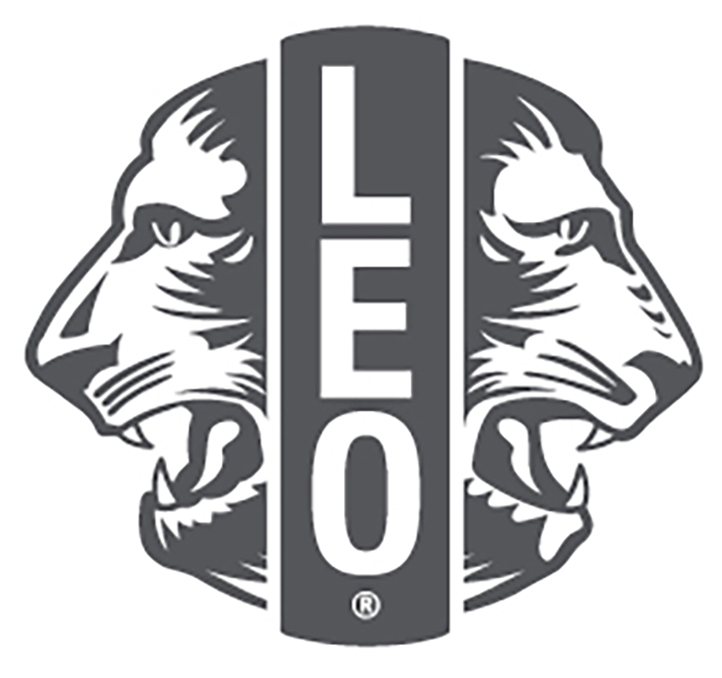
LEO Clubs
Back in 1957, Lion Jim Graver was the coach of the Abington High School, Pennsylvania, USA, baseball team, he was an active member of the Glenside, Pennsylvania, Lions Club.
With fellow Lion, William Ernst, Graver talked about starting a service club for high school boys. "The Kiwanians had their Key Clubs and the Rotarians had their Wheel Club (since changed to Interact Clubs)," Ernst is quoted as saying in an October 7, 1976 newspaper article in The Evening Bulletin. So they asked their fellow Lions for support. Without hesitation, the Glenside Lions agreed that a Lions youth group was a good idea. Graver and Ernst set to work.
LEO Clubs
Back in 1957, Lion Jim Graver was the coach of the Abington High School, Pennsylvania, USA, baseball team, he was an active member of the Glenside, Pennsylvania, Lions Club.
With fellow Lion, William Ernst, Graver talked about starting a service club for high school boys. "The Kiwanians had their Key Clubs and the Rotarians had their Wheel Club (since changed to Interact Clubs)," Ernst is quoted as saying in an October 7, 1976 newspaper article in The Evening Bulletin. So they asked their fellow Lions for support. Without hesitation, the Glenside Lions agreed that a Lions youth group was a good idea. Graver and Ernst set to work.
Together, the 35 teens formed a club. On December 5, 1957, the Glenside Lions presented a charter to the Abington High School LEO Club.
As the world's first LEO club, the group created the Leo acronym - Leadership, Equality, Opportunity (Equality was later changed to Experience). And, the group chose maroon and gold - their school colours - to serve as the LEO club colours.
Other Lions clubs soon began organizing youth service clubs and in 1967, LEO clubs were adopted as an official programme of Lions Clubs International.
What are LEO Clubs
LEO clubs are sponsored by local lions clubs and may be either school-affiliated or community based.
LEO club activities include regular meetings, service projects and social functions.
The LEO motto - Leadership, Experience, Opportunity - is fulfilled as members work together in response to the needs of others.
What's in it for me?
- Leadership experience
- Organisation
- Social skills
- Self esteem
- Decision making skills
- Teamwork
- Problem solving skills
- Career possibilities
- Fun
What's in it for the Community?
- Creates awareness of community needs
- Helps improve community and youth relationships
- Enhances community development
- Improves quality of life for recipients and givers
- Helps the quality of life of others
- Opportunity for youth to volunteer service
